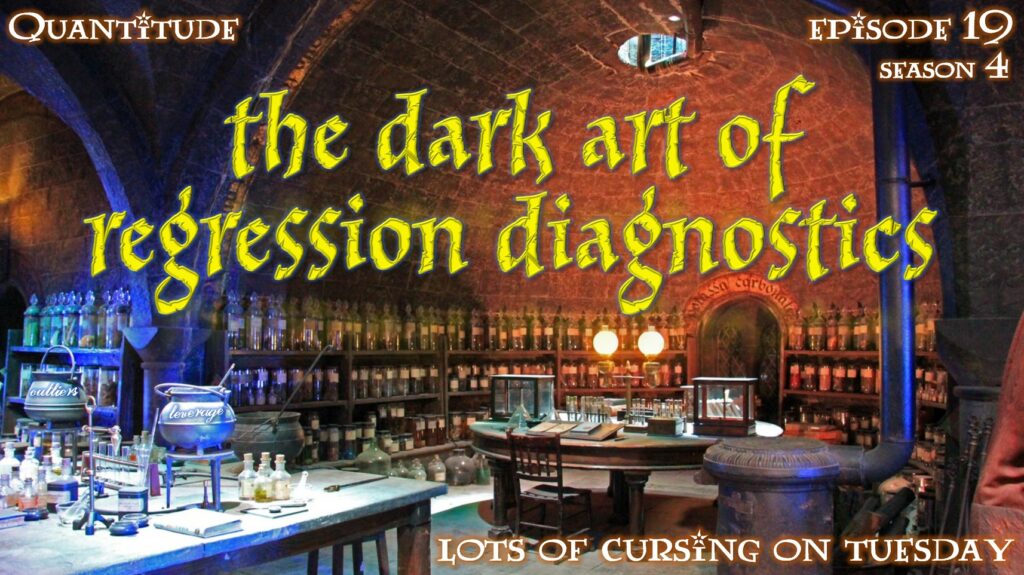In this week’s episode Patrick and Greg discuss the dark art of using regression diagnostics to assess how well assumptions are met in the general linear model, with applications to the wide array of related techniques. Along the way they also mention Big Pharma, Merriam-Webster, free-radical opioids, baguettes, antisocial personality disorder, Elon Musk, yoinked, Trinity and Neo, your favorite child, Reservoir Dogs, your favorite parent, ATM machines and PIN numbers, and standing in the corner.
Related Episodes
S4E01 Ordinary Least Squares: Back Where It All Began
S2E22 Outliers — And Then Things Got Weird
S2E18 Regression — Like That Old High School Friend You’ve Outgrown
Suggested Readings
Anscombe, F. J. (1973). Graphs in statistical analysis. The american statistician, 27(1), 17-21.
Atkinson, A. C. (1982). Regression diagnostics, transformations and constructed variables. Journal of the Royal Statistical Society: Series B (Methodological), 44(1), 1-22.
Bollen, K. A., & Jackman, R. W. (1985). Regression diagnostics: An expository treatment of outliers and influential cases. Sociological Methods & Research, 13(4), 510-542.
Chatterjee, S., & Yilmaz, M. (1992). A review of regression diagnostics for behavioral research. Applied Psychological Measurement, 16(3), 209-227.
Fox, J. (2019). Regression diagnostics: An introduction. Sage publications.
Rousseeuw, P. J., & Leroy, A. M. (2005). Robust regression and outlier detection. John Wiley & Sons.

